
The artistic roots of Axel Stein
Although he has been living far from Venezuela for more than 25 years, Axel Stein, advisor to the modern and contemporary Latin American art market, has not lost his roots. On the contrary, he remains closely linked to the cultural events of the country. He is currently an advisor to the Oswaldo Vigas Foundation and has the merit of being part of the team that carried out the catalog raisonné of Oswaldo Vigas, with the history of more than 3,000 works that allow us to support the authenticity of the pieces, in addition to being an essential input. for any research on the artist.
Another historic achievement for Venezuelan arts was the discovery of the first version of The Sick Child (1887) by Arturo Michelena (which won the Gold Medal at the Official Salon of French Artists in 1887) and The Electoral Visit (1886). . With detective tenacity, he followed the clues left by Rafael Romero and Juan Ignacio Parra when they organized an exhibition for the centenary of the death of Arturo Michelena.
The essay where Stein describes the process that brought Michelena's work from oblivion is included in the book A Vision. A collection. Una mujer, published by El Cardón, a subsidiary publishing company of his company Axel Stein Fine Arts (ASFA, LLC). Although the publication was baptized in Miami in 2022, the El Buscón bookstore and the Sala TAC took advantage of his recent visit to Caracas, in March 2024, to present it.
This publication shows 39 works from the collection of Leonor Giménez de Mendoza, and has the pen of Luis Pérez Oramas for the article about Reverón and his majas; Cecilia Fajardo Hill writes about the presence of women in the history of art, Polly Sartori about the salons of the 19th century (precisely where Arturo Michelena won the Gold Medal for The Sick Child), Jorge Rivas Pérez comments on a series of caste paintings Mexican, within the context of what is happening in Europe and Latin America with non-religious painting, and Roldán Esteva Grillet refers to Héctor Poleo as a modern classic. In our magazine you can read the essays by Sartori and Stein.
His agenda in Caracas included a talk at the Freites Gallery about the Latin American art market, at the invitation of AICA-Venezuela Chapter; as well as a guided tour of the Central University of Venezuela, led by Professor Rafael Pereira. In Margarita he learned about the ceramics of El Cercado through the Serpentina Foundation, and from his tourist stops he treasured flavors, such as hot chili and Venezuelan cocoa.
Caresse Lansberg: We would like you to tell us about the El Cardón publishing label. How it started, what projects are coming.
I founded Editorial El Cardón with the idea of honoring the memory of my grandfather, Enrique Bernardo Núñez (chronicler of Caracas and writer of the Generation of 1918). El Cardón was the pseudonym he used when he wrote in newspapers between the years 1930 and 1950. El Cardón became an emblematic plant of Venezuela, because it is the one that withstands the “palamentazón” of the sun and circumstances. Hence its symbolism.
The first book that I published was the compilation of my grandfather's narrative works, which are Cubagua, Tiberio's Gallery, and some stories, which are gathered in a book of more than 300 pages illustrated with drawings by Adrián Pujol, photographs by Don Alfredo Boulton, with maps, with 19th century 20th century photography. That edition was supervised by researcher Alejandro Bruzual, who analyzed the two novels, which are fundamental to 20th century Venezuelan literature.
Read More
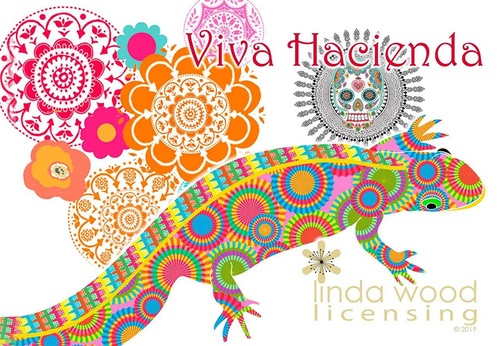
- July 03, 2025
Mexican Inspirations in the Art of Linda Wood
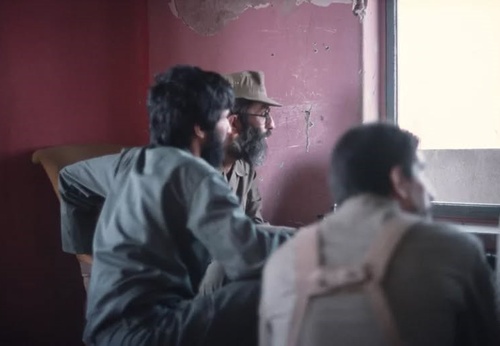

- July 03, 2025
Roman Duszek | Photography

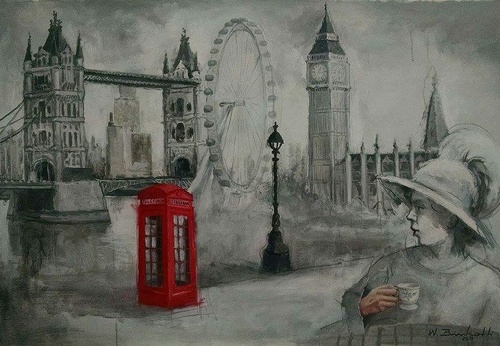
- July 03, 2025
Gallery Of Illustration By Walmir Binhotti - Brazil
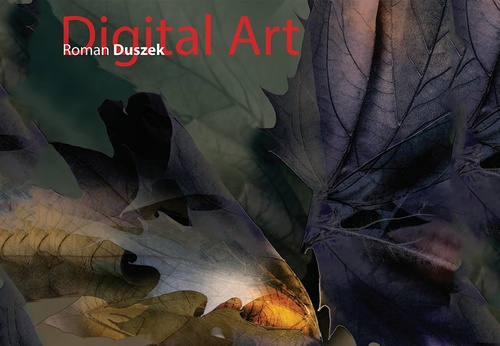
- July 03, 2025
Roman Duszek | Digital Graphic Art
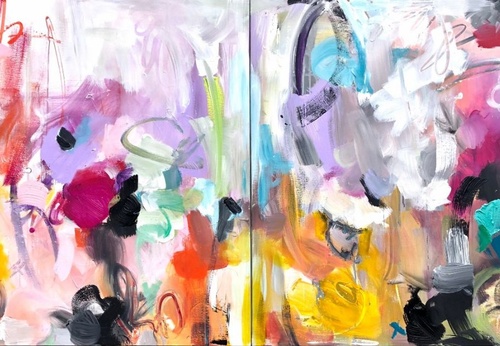
- July 03, 2025
Painting and abstract art: differences and similarities
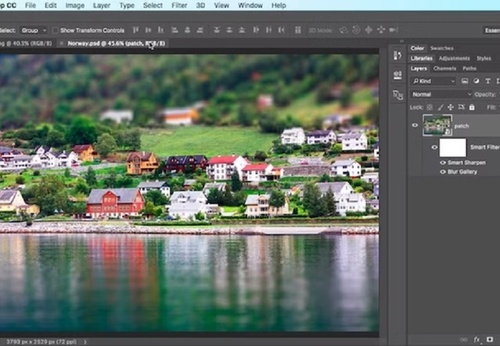
- July 02, 2025
The Best Software for Digital Art and Graphic Design

- July 02, 2025
Gallery of Posters by Cesar Alí Hernández from Mexico

- July 03, 2025
Painting and abstract art: differences …

- July 02, 2025
The Best Software for Digital Art and G…

- July 01, 2025
How Digital Artists Collaborate with Ar…

- July 01, 2025
Reflections of Digital Art in Different…

- June 30, 2025
Crítica de Obras Artísticas Criadas por…

- June 30, 2025
What are Plastic Arts?

- June 30, 2025
Images Against Silence: Artists Who Cha…

- June 29, 2025
History of Art Photography in the 20th …

- June 28, 2025
The 11 types of art and their meanings

- June 28, 2025
Contemporary Art is postmodern art

- June 26, 2025
Graphic Design, Art, and Technology: Wh…

- June 25, 2025
Graphic Design and Modern Content Creat…

- June 25, 2025
Art as a Manifestation of Resistance

- June 24, 2025
Latin American Art in the world

- June 24, 2025
Painting as a form of emotional express…

- June 23, 2025
14 questions and answers about the art …

- June 23, 2025
9 Latino painters and their great contr…

- June 22, 2025
The most famous image of Ernesto "Che" …

- June 21, 2025
Resistance in Ink and Paper: Illustrati…

- June 21, 2025
Art as a Tool for Enlightenment and Soc…

- August 29, 2023
The history of Bolivian art

- February 19, 2024
Analysis and meaning of Van Gogh's Star…

- January 28, 2024
Culture and Art in Argentina

- September 25, 2023
What is the importance of art in human …

- September 23, 2023
What is paint?

- August 10, 2023
14 questions and answers about the art …

- August 30, 2023
First artistic manifestations

- August 23, 2023
The 11 types of art and their meanings

- January 12, 2024
10 most beautiful statues and sculpture…

- September 23, 2023
History of painting

- September 23, 2023
Painting characteristics

- March 26, 2024
The importance of technology in art1

- April 06, 2024
History of visual arts in Ecuador

- August 16, 2023
The 15 greatest painters in art history

- January 31, 2024
Examples of Street Art – Urban Art

- March 26, 2024
Cultural identity and its impact on art…

- April 07, 2024
Graffiti in Latin American culture

- January 20, 2024
What is the relationship between art an…

- August 25, 2024
A Comprehensive Analysis of the Cartoon…

- October 21, 2023
Contemporary art after the Second World…

- February 19, 2024
Analysis and meaning of Van Gogh's Star…

- August 13, 2023
9 Latino painters and their great contr…

- August 10, 2023
14 questions and answers about the art …

- August 29, 2023
The history of Bolivian art

- January 28, 2024
Culture and Art in Argentina

- August 23, 2023
The 11 types of art and their meanings

- November 06, 2023
5 Latin American artists and their works

- August 27, 2023
15 main works of Van Gogh

- September 23, 2023
Painting characteristics

- September 23, 2023
What is paint?

- September 25, 2023
What is the importance of art in human …

- December 18, 2023
10 iconic works by Oscar Niemeyer, geni…

- August 30, 2023
First artistic manifestations

- January 20, 2024
What is the relationship between art an…

- March 26, 2024
Cultural identity and its impact on art…

- January 12, 2024
10 most beautiful statues and sculpture…

- October 30, 2023
Characteristics of Contemporary Art

- August 22, 2023
What are Plastic Arts?

- April 16, 2024
The most important painters of Latin Am…

- August 24, 2023


